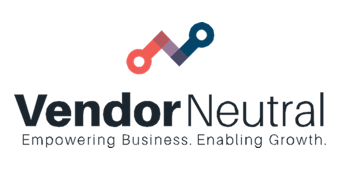
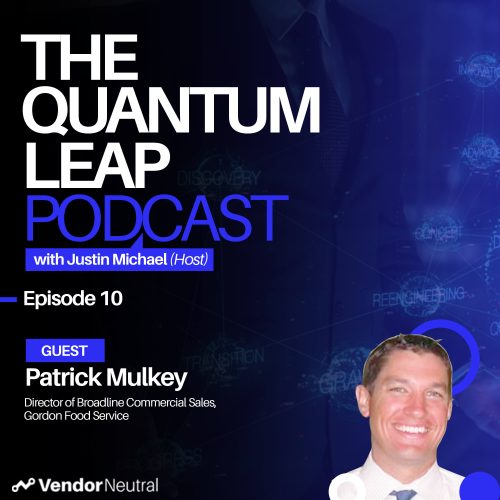

Evaluating and Updating Your Enterprise Sales Technology Stack
Episode 10 -
Patrick Mulkey
Director of Sales - US, Gordon Food Service
Read Full Transcript
Evaluating and Updating Your Enterprise Sales Technology Stack
Justin Michael Welcome back to Vendor Neutral in the Neutral Zone. This is Quantum Leap with your host, Justin Michael. Today, I am joined by Patrick Mulkey, who is the Director of Sales for the US for Gordon Food Service. How are you today, Patrick?
Patrick Mulkey I’m wonderful, Justin. Thanks for having me.
Justin Michael Yeah, thanks for being on the show. So this show’s all about the future of the enterprise. And enterprise sales something that you know a lot about. Can you talk to us a little bit about your background and your perspective on the subject?
Patrick Mulkey Yeah, absolutely, so my background is I’ve actually been with Gordon Food Service for about twenty one years, all in sales, did everything from being a front line seller to front line sales management worked my way up to, recently I was doing training and enablement for our team. And it was interesting because we never had a training and enablement team, director, nothing like that in the organization and our one hundred and twenty year plus. And so that was fun to create that and really align our training teams and such. And then most recently during the pandemic took over sales ops as well. So combined that training and enablement and the sales up. So yeah, that’s what I’ve been doing for the past 21 years.
Justin Michael You know a lot on the subject, so they say that there’s going to be all this new stuff that’s happening, but I think the human brain is the same as it was 20 years ago. But what are the modern approaches as people try to digitize their sales efforts and cope with the pandemic where a lot of us are now finding ourselves remote, having these large deals that take a lot of trust, building and in-person brand equity, but we can’t get in person. How do you approach this challenge as a challenge for all the listeners?
Patrick Mulkey Yeah, so it’s interesting with our sellers, primarily before the pandemic have been a face to face selling. That’s typically been our industry and it still is heavy. But what had happened during that pandemic, our customers mainly being restaurants is they didn’t want extra bodies in the restaurants, where they were already getting a lot of grief and restrictions from the government. So we were trying to limit that. So we really had to shift to this remote selling, which our sellers have never done before. And so it was our challenge as an organization to figure out how do we prepare them for that, how do we get them used to that, and most importantly, how we can shift their prospecting, which was the world before they would just go out and knock on doors and really do that through some random Google searches and how we can prepare them for that. So while we’ve tried to do is really refine our data sources to make sure that we’re providing them with relevant leads and relevant contact information, working with some organizations that can help us do that. And we’ve never had to do before. We’ve never had to turn to a third party for any type of data, information, and then really positioning it in their forecasting and their forecast within their CRM to make sure that they know who to call on. Who are the higher ranking, who are the priorities? And we even put in there is pretty cool. We did something new. We put in what we’re calling a thrive ability score, meaning that during the pandemic, certain restaurants were really thriving and certain ones were not thriving based on how they responded to it. So we really gave our sellers direction based off that thrivability score on how to prioritize and who to call on and where to spend a majority of their time.
Justin Michael That’s really smart. I mean, multi-threading accounts is a really big deal because we see that these buying committees are getting giant and it’s hard and hard to open up budgets. There’s greater controls. There’s more of a business case that has to be proven to unlock the budget. What are you finding as a sales leader in the enterprise that’s helping you with these tech stacks? I mean, there’s thousands of tools now that you can buy for your team. How did you build that score? Did you build that internally? And if you could talk about your tech stack selection and how you navigate all the snake oil out there, the wheat from the chaff, there’s a lot of great players, too. But you’ve been in for 20 years so you’ve heard every pitch known to man. How do you help people navigate it?
Patrick Mulkey Well, we’re a prime example of an organization that that’s certainly needed a lot of help to do that and bringing on a group like Vendor Neutral is very, very helpful and helped us to begin that. We’re still in that journey. We’re far from a point where we’re efficient and we have it we have it layered and we have a doing well, performing. But we have this what I call like Frankenstein. We just started picking up these random technologies and random things to help our sales team, whether it was a learning management system, our CRM, just all kinds of different things, our sales performance management platform, a recognition software. And just it was a Frankenstein. We just kept building one on top of each other and our sellers were going to 20 different places to do 20 different things. And they were becoming very, very, very frustrated. So what we had to start to do is kind of build out that workflow of what we want our sellers to do from start to finish and how we want them navigate through that. So I can tell you we’re still very, very far from being efficient in that. And we’re very in the early phases of doing that. But we really started with the prospecting, right? That’s the first thing that we do. That’s our primary focus. Being that market share is really what we want to go after. So we really had to align that forecasting tool with our sales performance managment platform, along with our CRM. And that’s where we started. But still a lot of work to do. And we certainly need help doing it. And I think we try to do it ourselves and we just made things worse. So the big learning is ask for help and those that are really good at doing it and understanding it.
Justin Michael That’s fantastic. I always felt like the Frankenstack I pulled that term from Alan Shreffler, who is the CEO of Pega, formerly Pega Systems. He’s a chess master. Let’s see what inspires you in sales right now? What type of content or use cases? What are you watching or are you excited about?
Patrick Mulkey Well, it’s interesting that we’re trying to the biggest thing is what we’re trying to do is help our customers succeed. When you think about our customers who are restaurants, they’re facing a ton of adversity out there, whether it’s government restrictions or just people are not comfortable going out there. So one of the things that we’re trying to do and we’re faced with is providing our sellers with the right content and the right collateral at the right time and making sure that they’re having the right conversations with our customers. And before what we had to do with that is that we had to use our homegrown system. We were relying on our sales managers to direct them, our trainers and it just it wasn’t good. It wasn’t efficient. So I think working like an example with a content management tech, tech stack like that has been a huge component of that. Is, number one, streamlining your sales communication. What I find is most organizations, including ourselves, we had a sales communication problem, marketing was sending them things or the sales manager was sending them things, merchandising was sending them things, the digital team was sending them things. And it was just like this, this nonstop thing of emails. Right? So we had to streamline that, create an intentional choke point and make sure our sellers we’re hearing one voice from the organization, but then also prioritizing that to say when you’re in front of these customers, here’s what you have to talk about. Here’s what you should be talking about. Here’s the collateral you should be sharing. That to us was one of the biggest game-changers of trying to get our sellers to have those right conversations. And that, what excites me the most is that they’re actually out there having impactful conversations and hopefully helping our customers not only survive, but thrive through this time period.
Justin Michael I love that mentality, leveraging this advantage as an advantage and to thrive in these times. I would ask, where do you see the technology going? Right. People are talking about these tech stacks really opening up a lot of the competitive edge. There’s also kind of a return to the quality of selling I talked to sellers who are kind of split. The problem is not enough sales training other folks are I can’t get my tech stack right. How do you reconcile these two motions and what are the skills of the future? It’s a few questions. That’s the way this podcast goes. But whatever inspires you.
Patrick Mulkey Yeah, and that’s a multifaceted question there. And I think the biggest thing that excites me and what I say is the future is this idea behind recommendation selling and that we give our sellers very good direction of who they should be talking to, what they should be talking about, making sure they have the right resources to share those with their customers. And when 20 years ago when I was on the street selling it, you kind of you created your own conversations. You created your own relationships. You just kind of made things up. Right. You flew by the seat of your pants and that’s not going to cut it in this environment. The situations are too complex. The customers are too complex, the deals are too complex. And that you have to be very intentional about what you’re going to talk about, what customers you’re going to see, who all the contacts and how are you going to get buy-in from all those stakeholders within that organization. And we have to make sure our sellers are prepared for that and it’s well thought out. So that’s the piece that we’re going to be focusing on the most. And that’s whether that’s content, whether that’s having a call plan prepared, the pipeline ready, forecasting, telling them what good looks like. Those are all components and there’s all technologies out there that can help them do that. We just got to figure out how it all works together.
Justin Michael That’s the key, is that integration and holistic system of the data, how are you working to train and enable your people on the new systems and onboard them also? How is this impacting hiring?
Patrick Mulkey Yeah, that’s a great question. So one of the biggest things that we found is useful is we brought on a technology, a sales readiness system. We partnered with a company called Brainshark Everybody’s, most people are familiar with them. And I think what they do really well and how they’ve helped us is this idea behind not only is training something that you take and you pass and that you get a score and you move on. But I like this idea behind readiness that I can take a training on something right before I go in and talk to a customer, before I go see a customer, have a conversation. Then it’s fresh in my head. I know it’s like that immediate in the moment type of training. And I think that’s been very useful to our sales force. And we’re going to continue to focus on that to say and you can’t really take a training six months ago and recall everything from it. How can you break out into bits and pieces, but also have it in a way that it can be delivered right before you go in and see the customer? So it’s fresh in your head. And you’re prepared to have that conversation and that’s a piece, I think it’s going to really work for us. And then this old adage behind change management and adoption of data and technology, data and analytics, our sales force still fights us on that, that I know more than the data does. And so if we are really going to get behind this data recommendation or sales recommendation type of technology, we have to really get them to adopt the data. So that’s just a team change management and we’re going to have to work through.
Justin Michael Yeah, I really like that keeping people motivated in these times is big, sales and marketing, and there’s a lot of burn out, there’s a lot of repetition. You’ve been in space for 20 years. What do you see that’s vastly different and what is the same? How are you keeping people motivated from a mindset perspective?
Patrick Mulkey Yeah, I think the biggest thing is, is we could get into whole compensation and recognition, recognition type of things and I don’t even want to go down that path. But what we found the biggest thing is, is that we’re finding our sellers doing more work than they’ve ever had to do before, putting in longer hours than they ever have before. And what we’re really focused on is moving those non, what I call nonrevenue producing activities, those little tactical things that they have to do that don’t really translate directly into revenue, to say how can we pull that off their plate? How can we automate that? Or what can we do to have someone else do that type of stuff so they can focus on revenue producing activities, whether it’s data that they’re having to manually input into CRM, say how can we work with technology or a third party that can put that data directly into the CRM? So if you do that, you’re going to get rid of a lot of their frustrations. Right? And you’re going to save them. If you can save them an hour, a day or two hours a day, that’s the time they can get back to their families or that’s time to think, we’ll focus on the bigger prospect or whatever that is. So it’s that nonrevenue producing activity.
Justin Michael I really like that I’m a huge fan of the 80 20 rule. Talk to me about data, it’s the new oil. How are you governing your data? Keeping it clean, finding good sources. I mean, there’s more governance now with GDPR, post CCPA world. We’re in the B2B sales realm. How do we keep our systems talking to each other, you know, get our reps to effectively, reach out a lot of this data powered system. If the data isn’t clean, we can’t really unlock the artificial intelligence machine learning promise of the technology.
Patrick Mulkey Yeah, yeah, that’s true. I love that adage that data is the new oil or it’s more valuable than oil. So I heard that quite a bit. And that’s so true. I mean, we as an organization, we’re in our infancy with that because the trouble or the problem we faced is third party data or data outside of our own organization is really hard to find on the restaurant industry. It’s just, it’s not big enterprise type of customers, it’s small independent restaurants. It’s really hard to gather. But what we have done is to say how do we get better using our own internal data and then benchmarking against what we do have. And that can tell us a lot about our customers. The first thing we had to do is clean up our own mess inside. And we had customer data, we had CRM data, we had transaction data all living in three different places. Right. So how can we get that together? And then the other thing we had to do is we had to clean up some of our metrics. And the biggest thing I can think of is around lost, what we call lost business. We had to start to define what lost business is. We didn’t even know when a customer left us because we run on non contractual business. A customer could stop ordering from us and we wouldn’t even know it or we wouldn’t even report it until it was a year later. I mean, that to me is just it’s an atrocity. So we had to start cleaning up some of our KPIs and cream a single definition of what a lost customer is. Then how do we measure that better? So honestly, with a lot of cleanup of our own internal and I think there’s a lot of other organizations with this problem, is you got to start inside before you start focusing on grabbing third party or external data.
Justin Michael Tell me about, a great point. Tell me about change management. Right? So a lot of times you’re the champion internal to your organization to bring about a new paradigm and you have to create a consensus internally. There’s other leaders that want to move faster. They want to disrupt themselves. What are some tips to maybe rocking the boat or not rocking the boat? How can people prove it out? Right? Is it a test a couple of vendors on a trial basis? Show the results galvanize the team. How have you been effective in adopting some of these sophisticated methods you’ve been using? Your legacy industry, so it’s inspiring to see that you have some momentum of some clout. But beyond just like, well, he had the clout to do it. Well, how can someone go from where they’re sitting now feeling like, well, it’s all sounds great, but how do I do this?
Patrick Mulkey Yeah, I agree. Besides the twenty years I’ve put in, I know a lot of people and I can leverage some of those. But honestly, what I find is it’s easier, it’s easier to get a consensus among like the C suite in the higher level leaders. That to me is the easy part, the key to making these things work. And I think back to like, yeah, we just adopted a CRM system like five years ago. Right? I mean, I know. But when I think about when we rolled out that the key to that was our front line leaders, I truly believe that front line sales managers are the key to making anything work in an organization, whether it’s change, whether that’s accountability and through their coaching. But if you don’t have their buy-in to begin with, then the change manage will never happen. So we really focus on those front line sales managers, making sure they understand why we’re making the change, why it’s important for the future, but most importantly, how it’s going to make their life easier, and how it’s going to make their sellers more successful. So I always start with the front line sales manager. I think they’re the key to most all organizations, especially ours. And you have to get their consensus first.
Justin Michael How do you get sales and marketing to actually get along? This is like asking about world peace, but there are systems now there’s actually a new title, right? The chief customer officer who straddles marketing and sales, sort of just like becomes the grand mediator. And then there’s marketing attributions. You can really see everything within reason. How have you worked with marketing within your you know, your storylines, and your career arcs here to bring those two together? I mean, can you highlight maybe a time where there was friction and how you tactically were able to overcome that, whether by communication or bringing together advisories like how do we do this?
Patrick Mulkey Yeah, I tell you what, I have a real life example and that’s when we when we created our training in the enablement team two years ago. And to me, it was a whole new world. But a perfect example of it is, is that we had a strategy, our marketing team had a strategy that they wanted to go after a certain segment of customers that they felt were the future. They had certain attributes, whereas our sales team didn’t feel like they were. So we had completely opposite saying, we want to go. This is what good looks like and sales is saying this looks like. What we did as an enablement team, and I think it’s the key. If you haven’t created an enablement team within your own organization or if you’re struggling, the key with an enablement team is to be the go between between sales, ops and marketing and really to be that filter. And that’s what we try to do, is we try to filter what marketing was trying to go to directly to customer. But then we were trying to filter what sales ops was saying back to marketing to say, no, this isn’t the right. And when we did that, we really brought the two teams together and we were able to come to a consensus of, listen, they’re both good customers, but let’s distribute certain resources against, against or to those type of customers. So I think what it really takes is it takes a neutral team to bring sales and marketing together. And I think that’s why before COVID, enablement was like the fancy word, it was starting to gain so much traction and we were seeing like 80 percent of organizations adding an enablement team or person because they truly are the person that I think, they are a team that can bring them together because they want to see both succeed.
Justin Michael Yeah, that’s a really great point. Let’s see, how are you leveraging like the sales development aspect of things like, I guess a sub specialization is a question as you break down your sales team for go to market strategy. Talk to me about like account based marketing it. Has there been additional role specialization? I mean, are you taking roles and focusing them further? Have you adopted an account based marketing or account based selling approach, strategic vision for that, and maybe some tactics or platform styles? There’s a lot that goes into that. I remember being a part of a ABM program and the entire company had to log in to the CRM just to clean the data because we had to convert everything from leads to contacts to account. And it took, you know, some bizarre amount of human hours to do it. But yeah. How are you approaching that?
Patrick Mulkey Yeah, we’re in the infancy when it comes to that methodology. And the biggest challenge was that our sellers, I guess you could say pre COVID they were do-everything type of sellers. They prospected they penetrated, they grew the existing account. They handled customer service issues and then we did have a marketing team that would come in and support them. But I’m telling you it was a perfect example is like the marketing team wasn’t even on could even have access to the customer’s profile in the CRM. So how’s marketing going to come in and support this customer when they can’t even access that customer’s profile? It was just so disconnected. So the first thing we did and like I said, we’re in the infancy is starting to break out the roles of the sellers and start talking about development teams. How do the marketing teams working with the development groups, breaking out the account managers and I know a lot of organizations already have these, but it was a big deal for us to start to break out those roles and define those specifically. So we got a long, long way to go, but we are starting to define those.
Justin Michael That’s very cool, so we talk a lot about artificial intelligence and machine learning, replacing reps and people are talking about this if you look at the analysts layer. But what are some use cases of maybe artificial intelligence machine learning, some of the buzz words where you feel that it could help you within sales? And maybe it’s just a question about what technologies you’re looking at right now that are exciting because there’s buzz words and there’s the practical stuff. I’m also curious what you would have technologies build for you. I love asking that question.
Patrick Mulkey Yeah. So we are actually right in the middle of testing a new technology, a company that we’ve been working with. And I mentioned a little bit earlier, it’s called sales recommendations and it’s taking our own internal data or taking some third party data. And they’re putting it together and it’s pushing through CRM to give our sellers what they should be talking about, where they should be going, what they should be selling, opportunities to increase margin, opportunities to increase certain lines, upsell our brands. There’s so many, they’re called plays like different plays that that pushes to them and I’m very excited about it. The cool thing is, is that as our sellers respond through CRM like, hey, this was a good play, bad play. I got sales, I didn’t get sales. Their machine learning continues to evolve those plays and change those based off how the seller, the seller is responding to through CRM. So it’s always getting smarter and always getting better, and it’s refining the recommendations to that salesperson based off their responses or wins or losses on opportunities or that kind of good stuff. So we have a handful of pilot markets that we’re running on it. It’s very cool stuff. And I think it just it’s a recommendation selling that I think is kind of future.
Justin Michael So is that in the realm of, like, algorithmic guided selling?
Patrick Mulkey Yes, absolutely.
Justin Michael I know Forrester and Gartner and Cirrus Decisions and TOPO and a lot of analysts are talking about that, where as far as the seller is selling, things are recommended, they’re guided, their things are missing or coming up, the management knows what to coach on, makes the one’s more strategic, managing these huge pipelines it’s hard to see everything. Coming up to the end of the half hour here. What are some areas where people can find you and your work and follow you so they want to find you online?
Patrick Mulkey Yes. The best way to find me is on LinkedIn. Look up Patrick Mulkey Gordon Food Service, www dot GFS Dotcom’s our website. You can find all of our sales leaders are available through that. And yeah, that’s, it’s very exciting. We’re a family owned organization that’s been around for 120 years. COVID certainly challenged us but the exciting thing is that I know we’re going to be around for another hundred twenty plus years. So exciting stuff for the Gordon Food Service family.
Justin Michael That’s incredible. What’s one of your favorite quotes? How about that. Something that motivates you or it could be business or anything. Just kind of fun to ask people.
Patrick Mulkey Yeah, one of my favorite ones is so I’m a Purdue grad and I love John Wooden, Purdue grad, famous UCLA coach, and he always says never mistake activity for achievement and activity is great. And we always tell our sellers to do activity but never equals the achievement.
Justin Michael That’s a great quote. Yeah, it’s all about smart activity. Very cool. So I’m really interested to find out what this technology is in the spirit of neutrality and what not we didn’t mention the name on the show but thank you so much for being a guest on The Quantum Leap. And everybody check out Patrick Mulkey and I will see you next time.
Patrick Mulkey Thank you.
To get started building your optimum sales technology stack, try our Sales Technology Selector. We’ll provide you with a customized report identifying the sales technology solutions that meet your needs. Already know the category of sales technology you need? Use our Certified Sales Technology profiles to find all the details you need to make a decision about which solution is the best sales technology for your organization.
Interested in hearing more Quantum Leap Podcast Episodes?
-
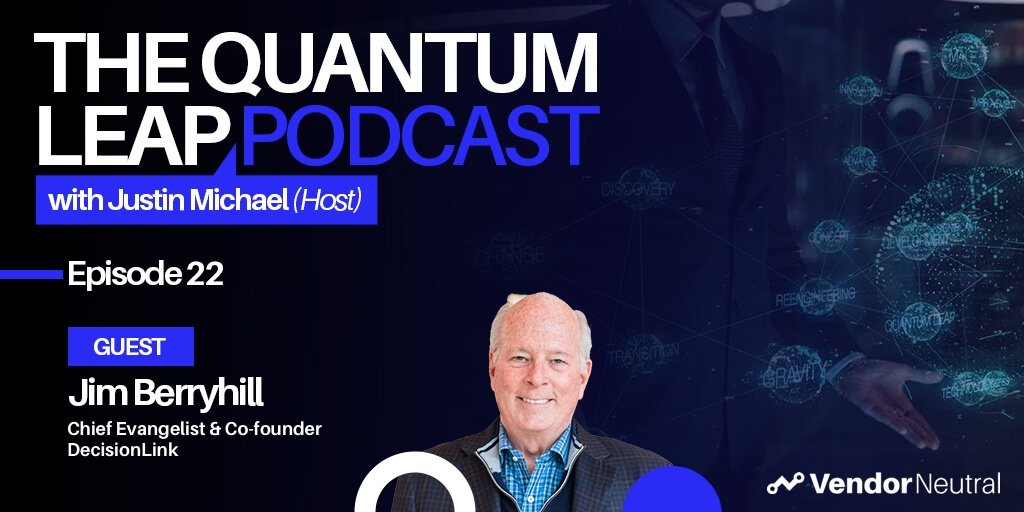 4 Opportunities For Massive Growth In Customer Value Management4 Opportunities For Massive Growth In Customer Value Management
4 Opportunities For Massive Growth In Customer Value Management4 Opportunities For Massive Growth In Customer Value Management -
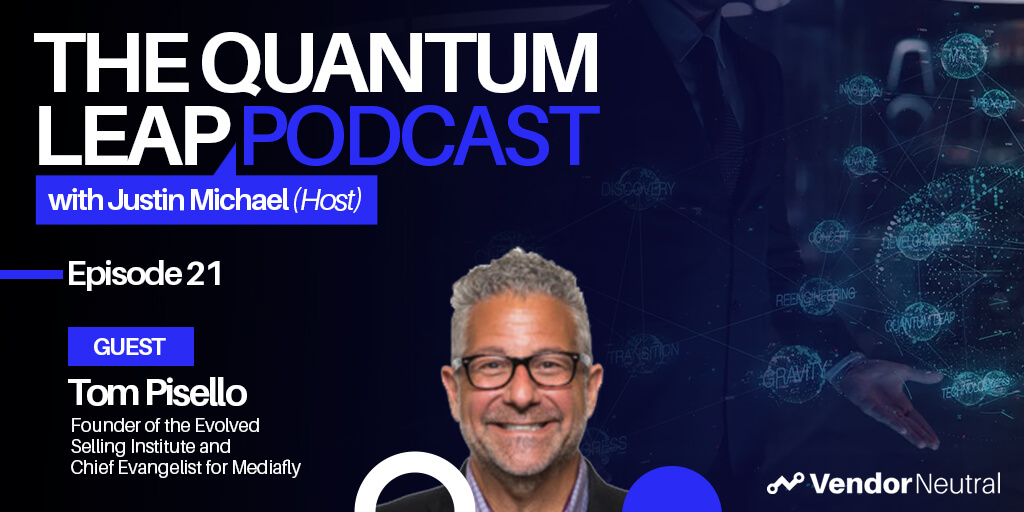 Closing the Customer Engagement Gap | Showing A Clear Case of ROIClosing the Customer Engagement Gap | Showing A Clear Case of ROI
Closing the Customer Engagement Gap | Showing A Clear Case of ROIClosing the Customer Engagement Gap | Showing A Clear Case of ROI -
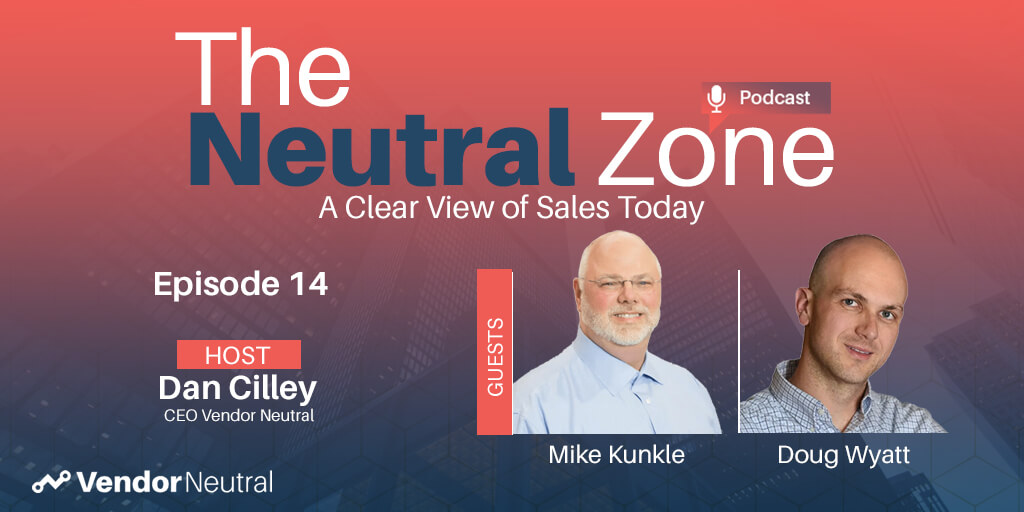 Buyer-Centric Selling | Modern Sales Foundations Virtual Sales TrainingBuyer-Centric Selling | Modern Sales Foundations Virtual Sales Training
Buyer-Centric Selling | Modern Sales Foundations Virtual Sales TrainingBuyer-Centric Selling | Modern Sales Foundations Virtual Sales Training -
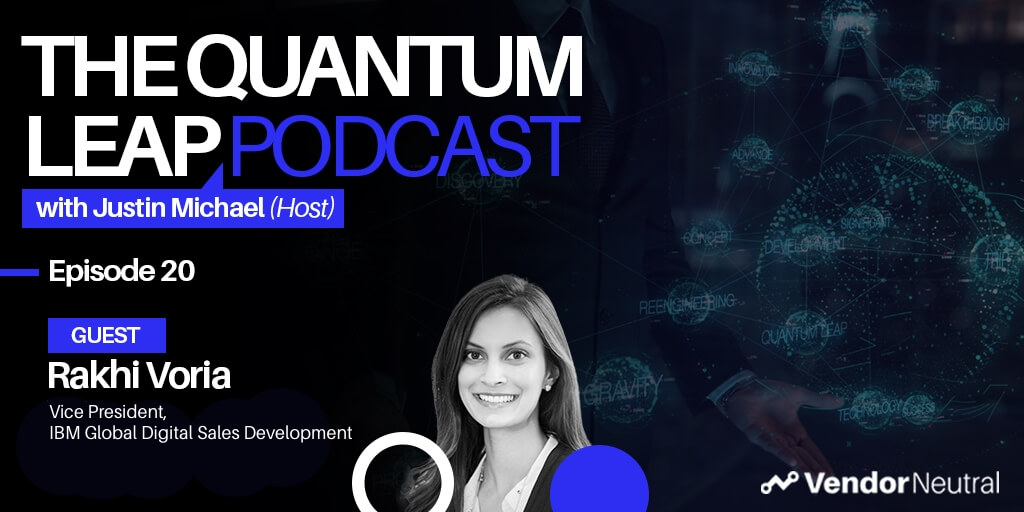 Biggest Trends in Digital TransformationBiggest Trends in Digital Transformation
Biggest Trends in Digital TransformationBiggest Trends in Digital Transformation -
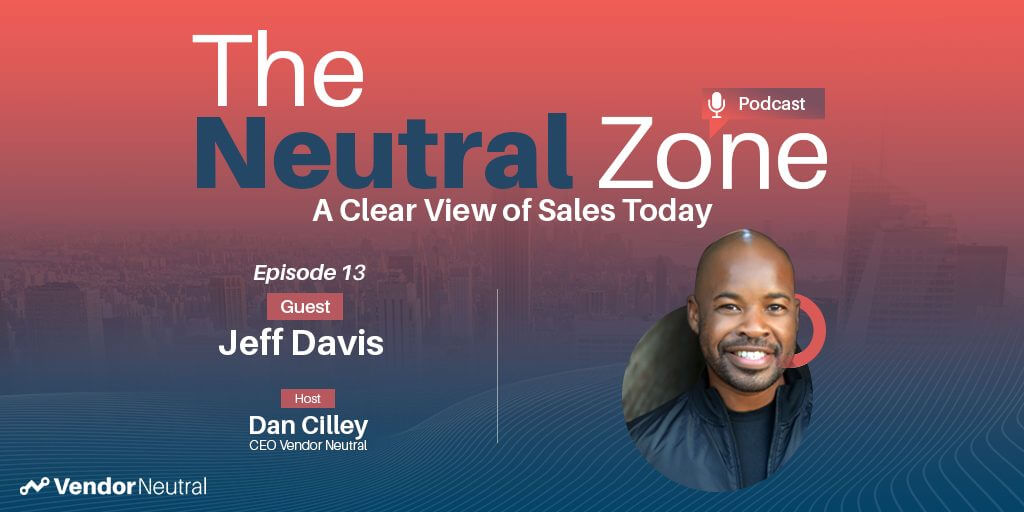 Focus on These 3 Things for Sales Technology AdoptionFocus on These 3 Things for Sales Technology Adoption
Focus on These 3 Things for Sales Technology AdoptionFocus on These 3 Things for Sales Technology Adoption -
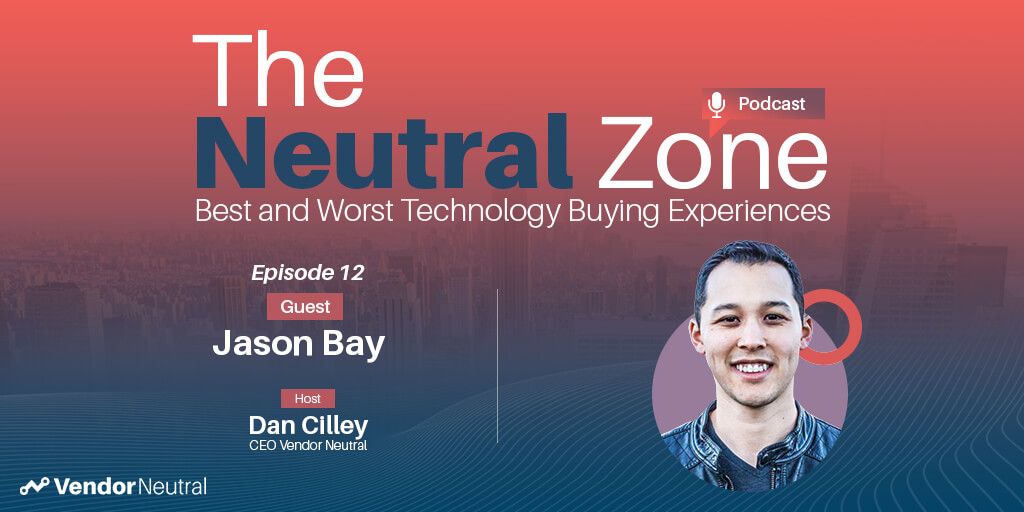 For Sales Technology Buyers A Customer Success Strategy is KeyFor Sales Technology Buyers A Customer Success Strategy is Key
For Sales Technology Buyers A Customer Success Strategy is KeyFor Sales Technology Buyers A Customer Success Strategy is Key -
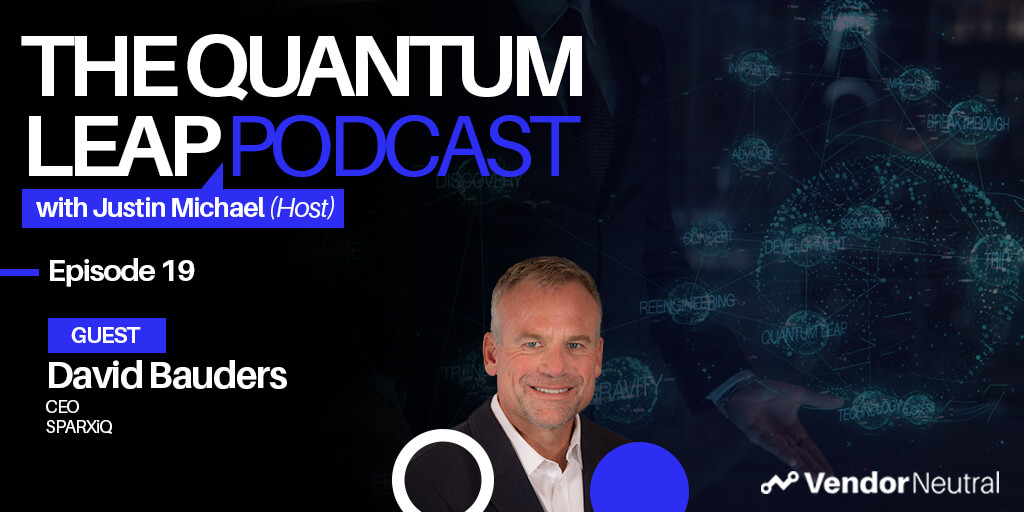 The Future of Sales TrainingThe Future of Sales Training
The Future of Sales TrainingThe Future of Sales Training -
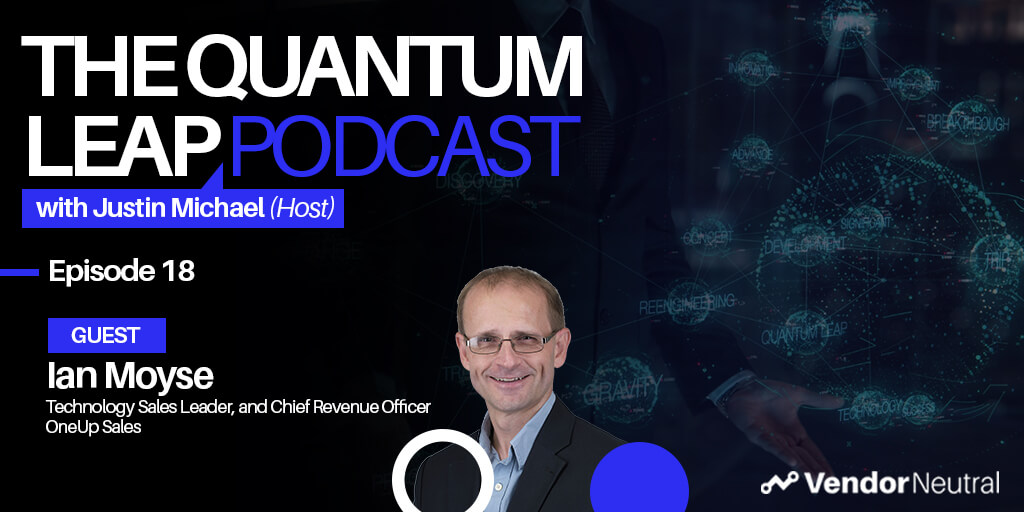 Sales Enablement to Generate Revenue in 2021 and BeyondSales Enablement to Generate Revenue in 2021 and Beyond
Sales Enablement to Generate Revenue in 2021 and BeyondSales Enablement to Generate Revenue in 2021 and Beyond -
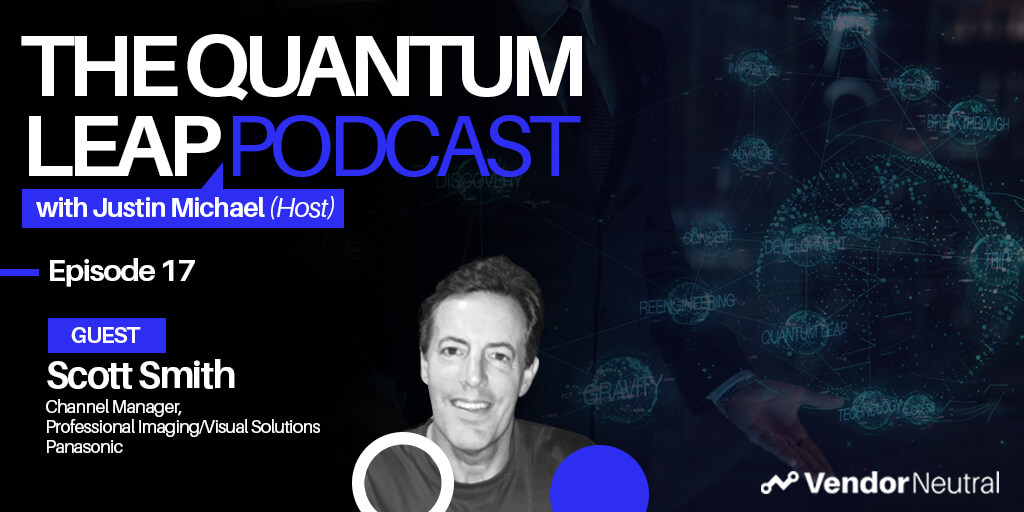 Leveraging Sales Technology in Enterprise Channel Sales | Start by identifying the problems you’re trying to solveLeveraging Sales Technology in Enterprise Channel Sales | Start by identifying the problems you’re trying to solve
Leveraging Sales Technology in Enterprise Channel Sales | Start by identifying the problems you’re trying to solveLeveraging Sales Technology in Enterprise Channel Sales | Start by identifying the problems you’re trying to solve -
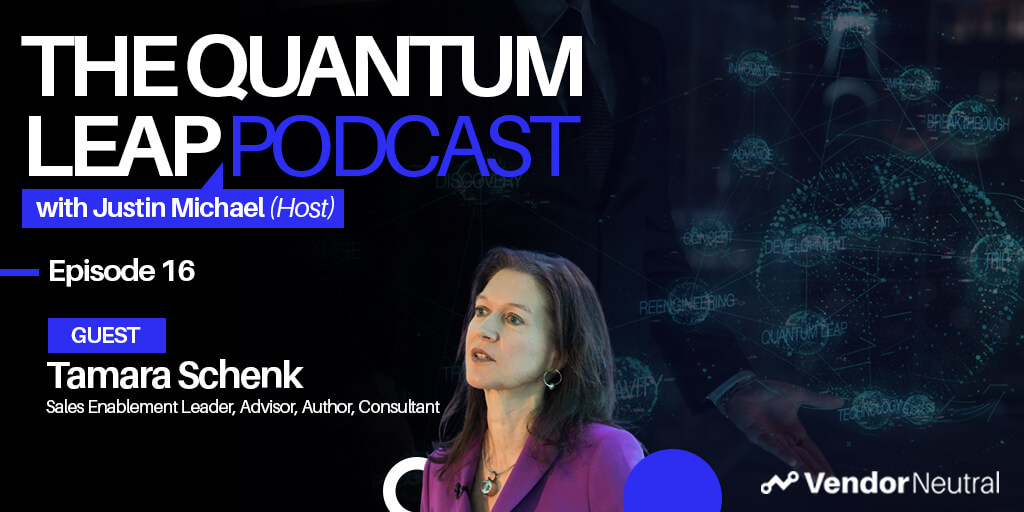 The One Question to Ask Before Sales Technology Implementation to Ensure the Success of Your Enablement InitiativeThe One Question to Ask Before Sales Technology Implementation to Ensure the Success of Your Enablement Initiative
The One Question to Ask Before Sales Technology Implementation to Ensure the Success of Your Enablement InitiativeThe One Question to Ask Before Sales Technology Implementation to Ensure the Success of Your Enablement Initiative -
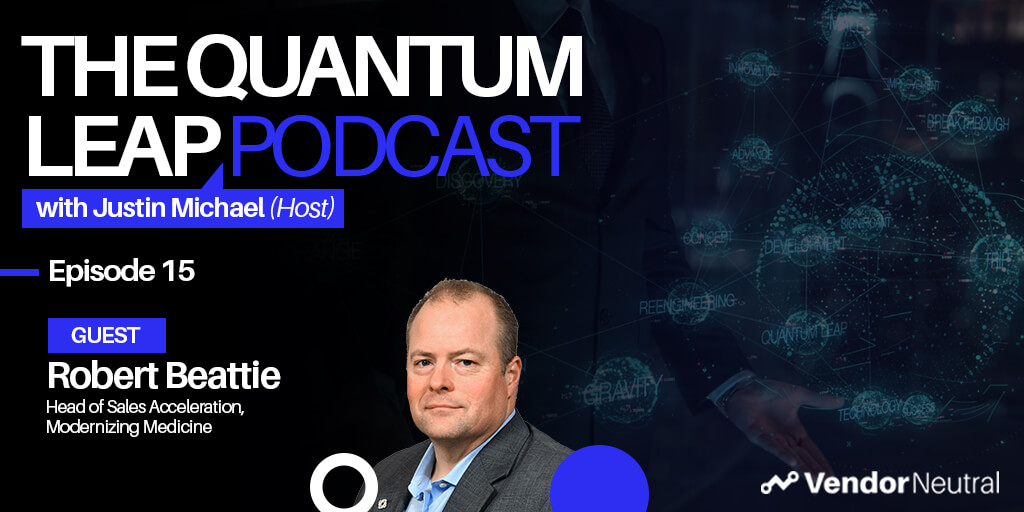 Digitally Enabled Enterprise Sales - Technology & Skills You'll Need in 2025Digitally Enabled Enterprise Sales - Technology & Skills You'll Need in 2025
Digitally Enabled Enterprise Sales - Technology & Skills You'll Need in 2025Digitally Enabled Enterprise Sales - Technology & Skills You'll Need in 2025 -
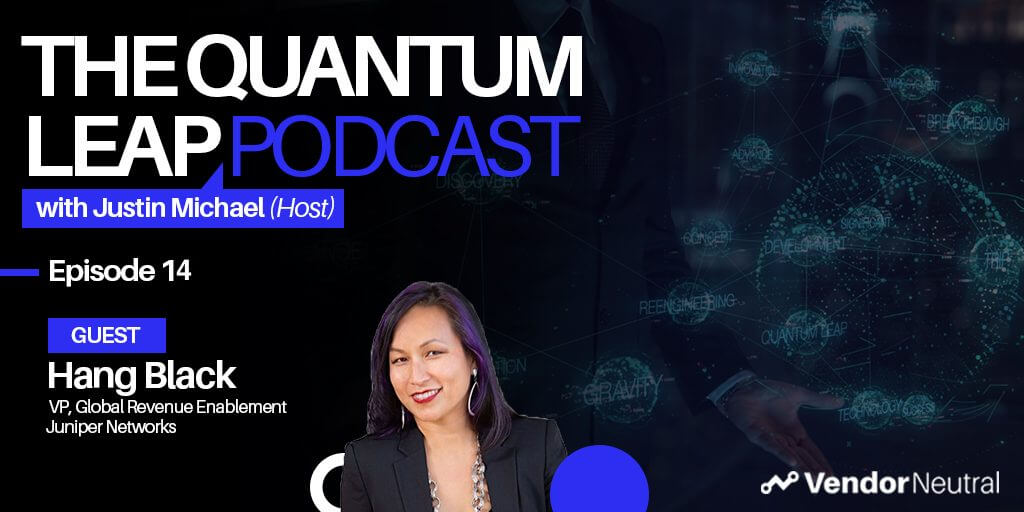 A Look Into The Future of Sales EnablementA Look Into The Future of Sales Enablement
A Look Into The Future of Sales EnablementA Look Into The Future of Sales Enablement -
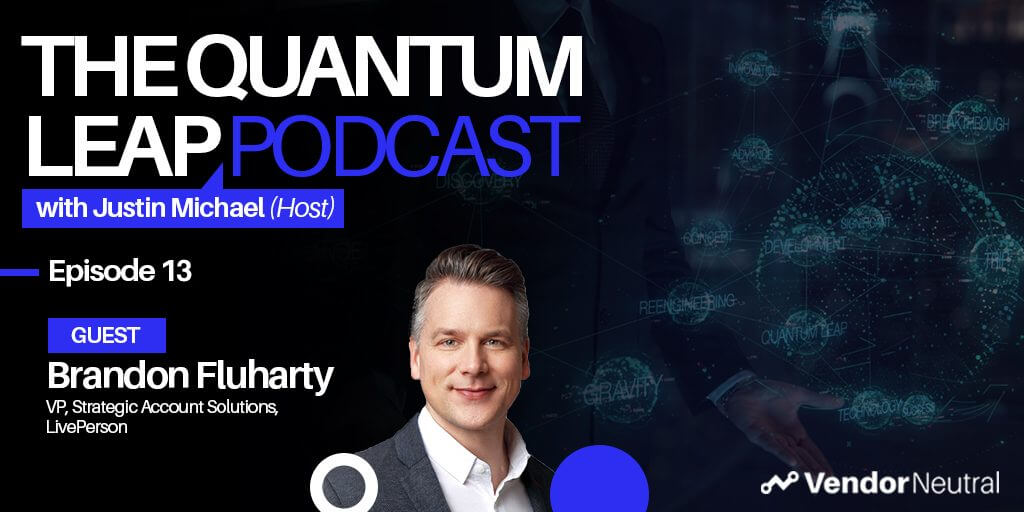 3 Ways Sales Technology will Shape the Future of Strategic Selling & Enterprise Sales3 Ways Sales Technology will Shape the Future of Strategic Selling & Enterprise Sales
3 Ways Sales Technology will Shape the Future of Strategic Selling & Enterprise Sales3 Ways Sales Technology will Shape the Future of Strategic Selling & Enterprise Sales -
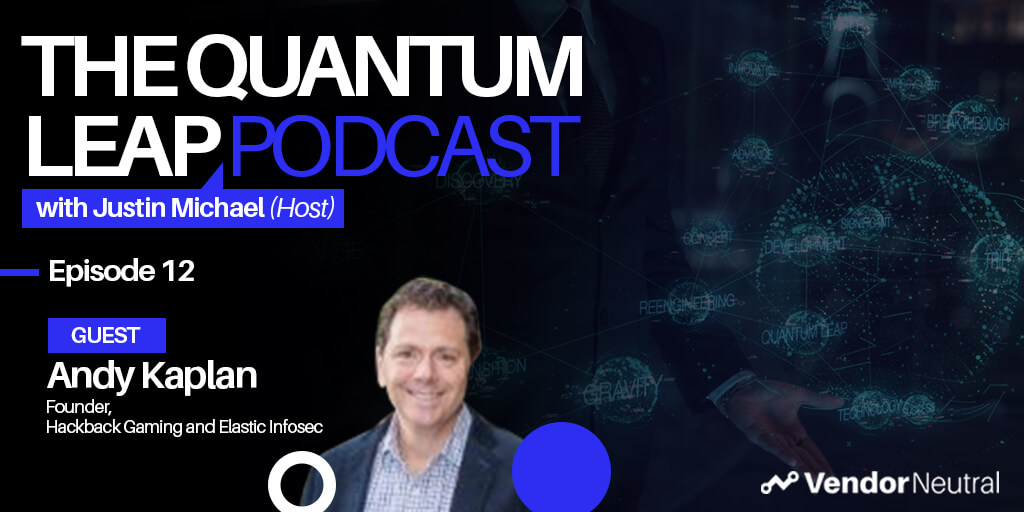 Future of Sales in the EnterpriseFuture of Sales in the Enterprise
Future of Sales in the EnterpriseFuture of Sales in the Enterprise -
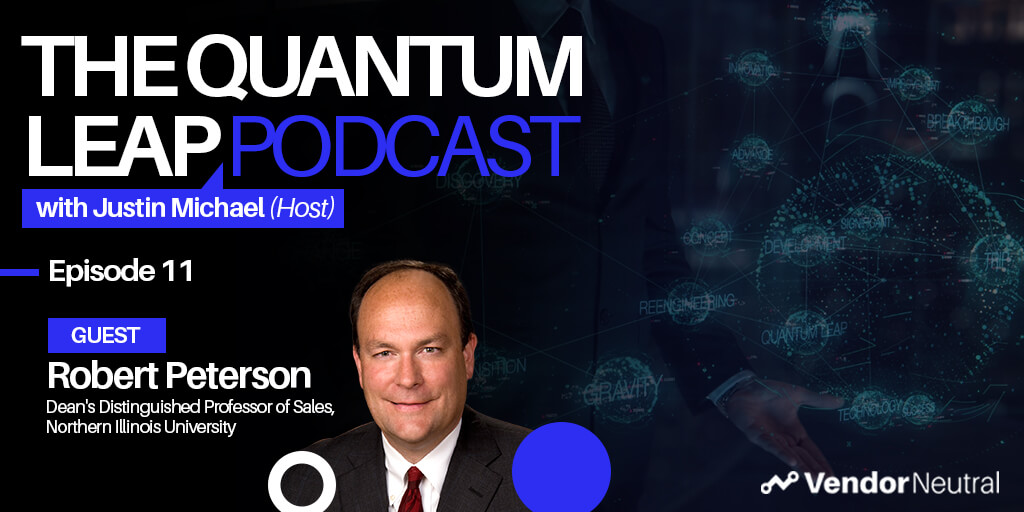 Developing the Revenue Leaders of TomorrowDeveloping the Revenue Leaders of Tomorrow
Developing the Revenue Leaders of TomorrowDeveloping the Revenue Leaders of Tomorrow -
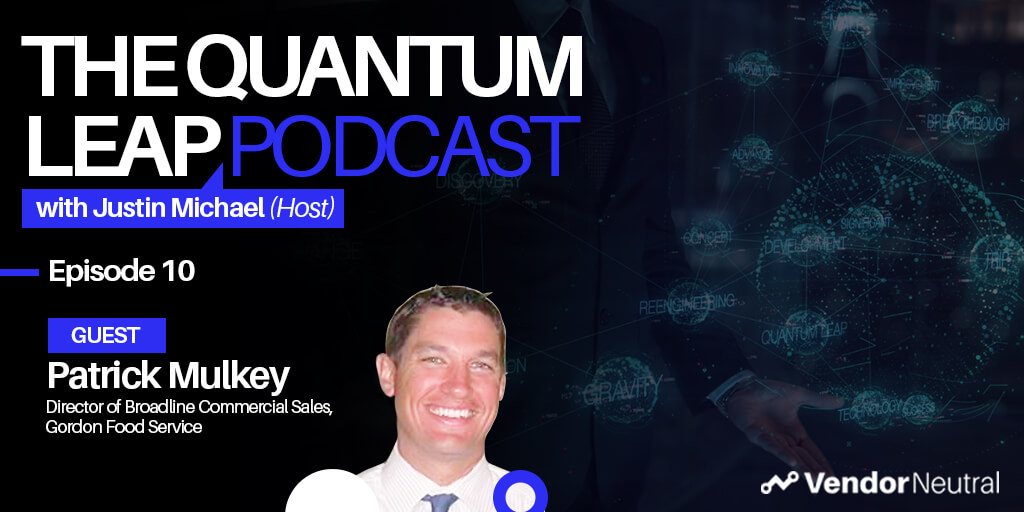 Evaluating and Updating Your Enterprise Sales Technology StackEvaluating and Updating Your Enterprise Sales Technology Stack
Evaluating and Updating Your Enterprise Sales Technology StackEvaluating and Updating Your Enterprise Sales Technology Stack -
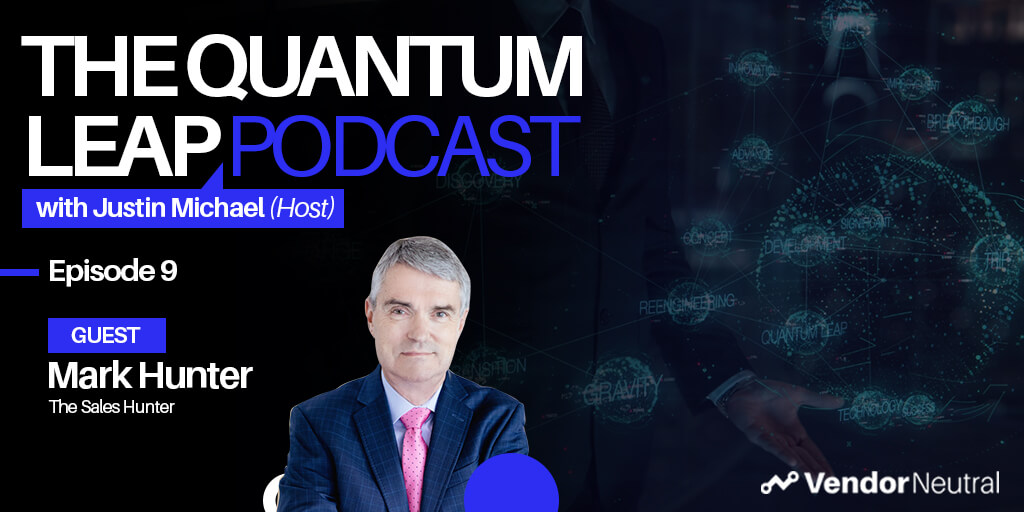 How-to Connect With Enterprise Buyers When Selling From HomeHow-to Connect With Enterprise Buyers When Selling From Home
How-to Connect With Enterprise Buyers When Selling From HomeHow-to Connect With Enterprise Buyers When Selling From Home -
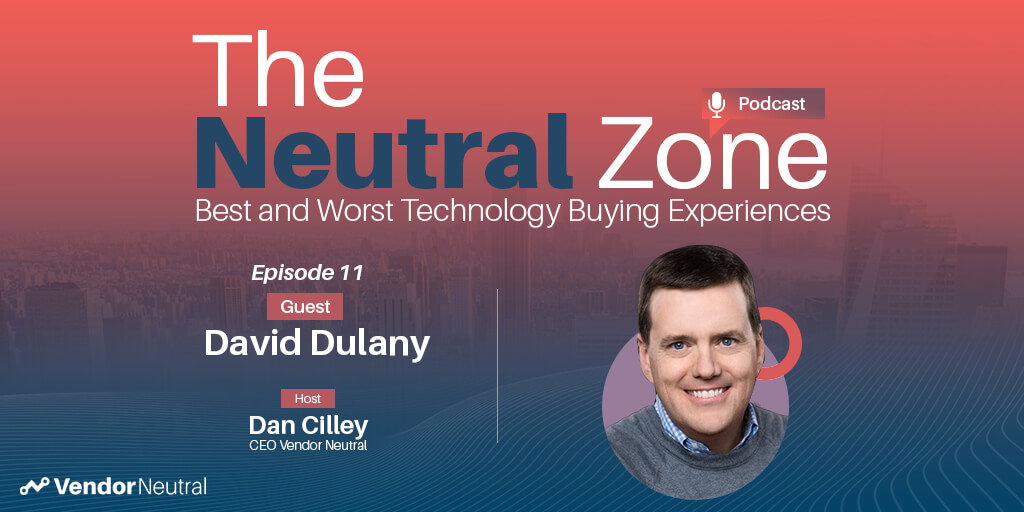 Is the Sales Technology Buying Process Over Engineered?Is the Sales Technology Buying Process Over Engineered?
Is the Sales Technology Buying Process Over Engineered?Is the Sales Technology Buying Process Over Engineered? -
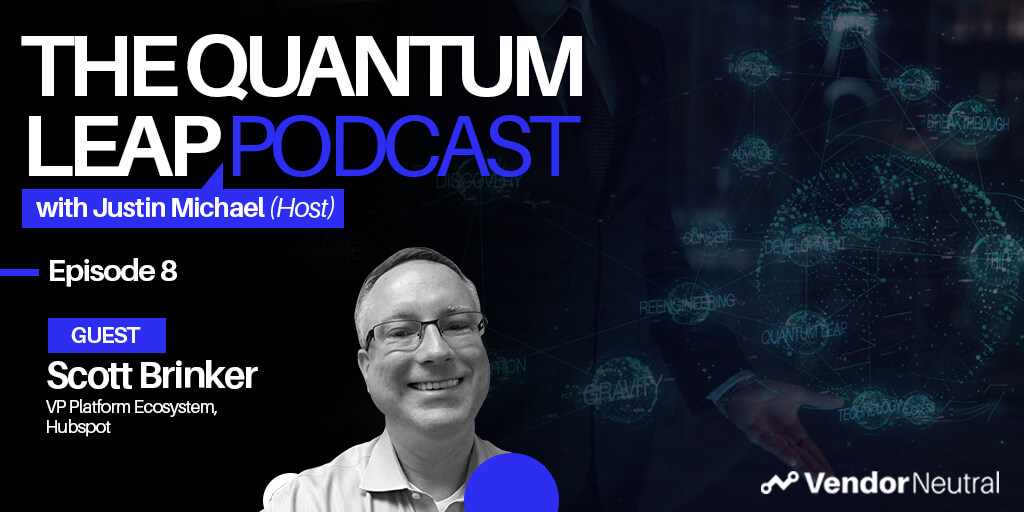 Tangible Ways to Digitally Transform Enterprise OrganizationsTangible Ways to Digitally Transform Enterprise Organizations
Tangible Ways to Digitally Transform Enterprise OrganizationsTangible Ways to Digitally Transform Enterprise Organizations -
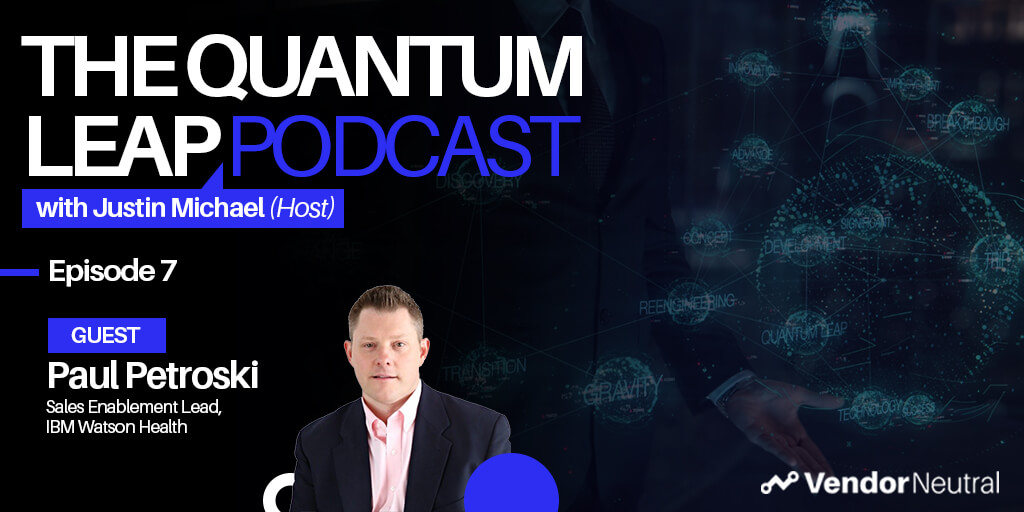 Quantum Leap Podcast Episode 7Quantum Leap Podcast Episode 7
Quantum Leap Podcast Episode 7Quantum Leap Podcast Episode 7 -
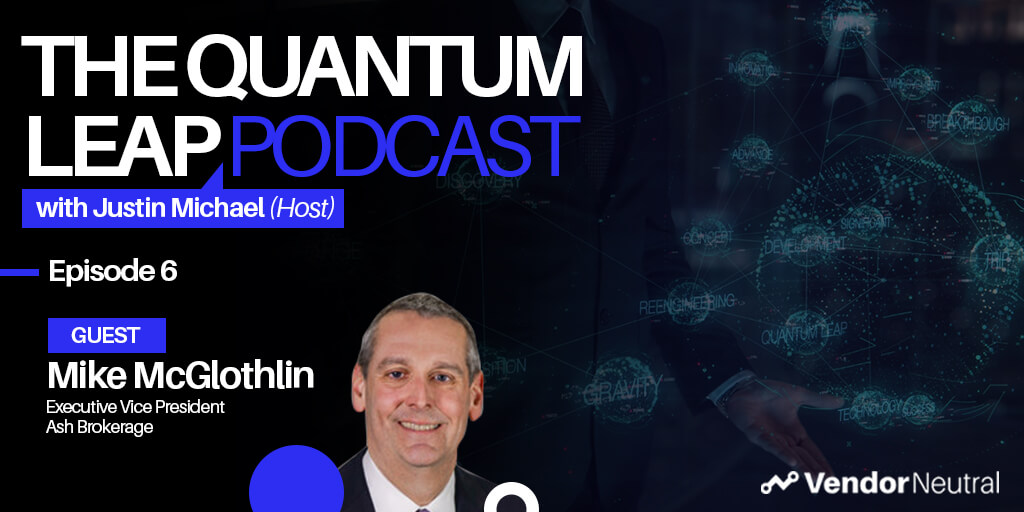 How Sales Technology is Making an Impact in the Financial SpaceHow Sales Technology is Making an Impact in the Financial Space
How Sales Technology is Making an Impact in the Financial SpaceHow Sales Technology is Making an Impact in the Financial Space -
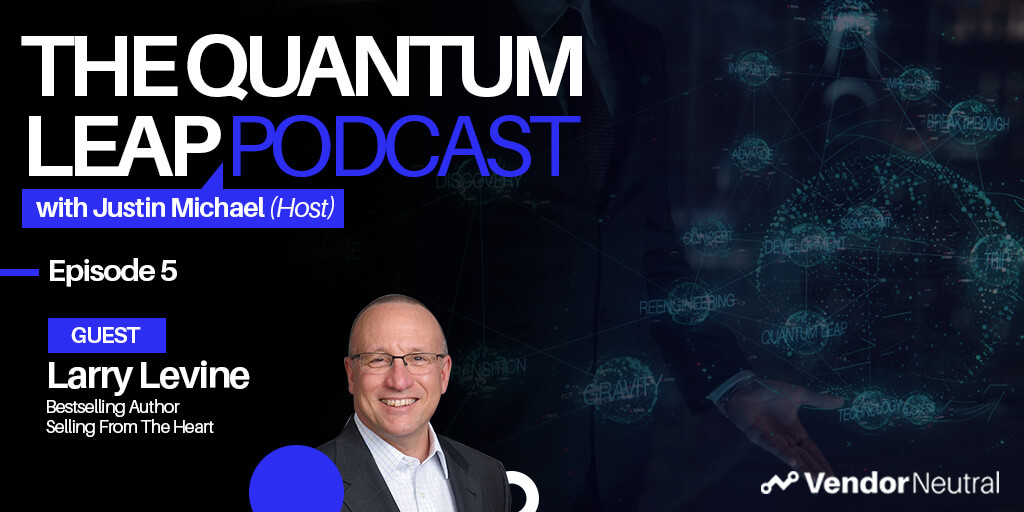 Quantum Leap Podcast Episode 5Quantum Leap Podcast Episode 5
Quantum Leap Podcast Episode 5Quantum Leap Podcast Episode 5 -
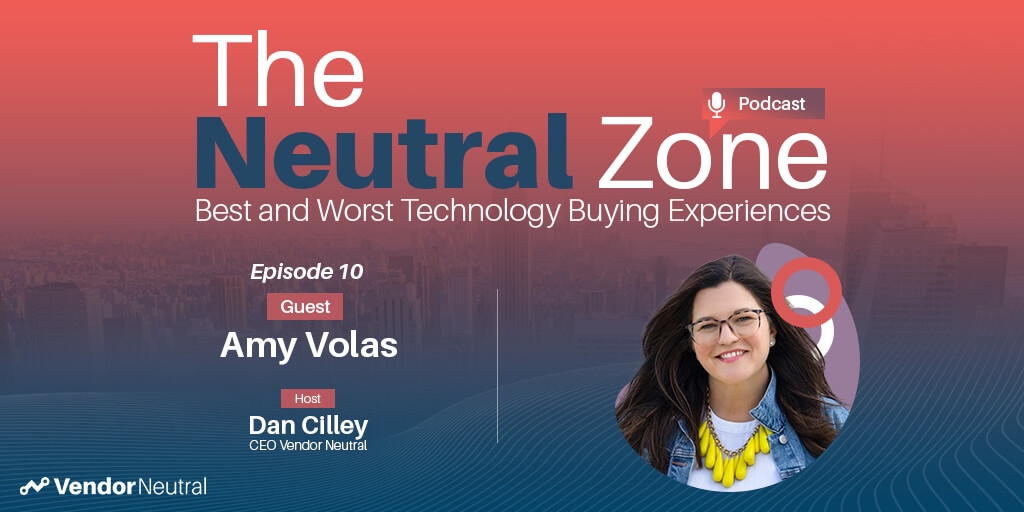 Clear View of Sales Episode 10 with Amy VolasClear View of Sales Episode 10 with Amy Volas
Clear View of Sales Episode 10 with Amy VolasClear View of Sales Episode 10 with Amy Volas -
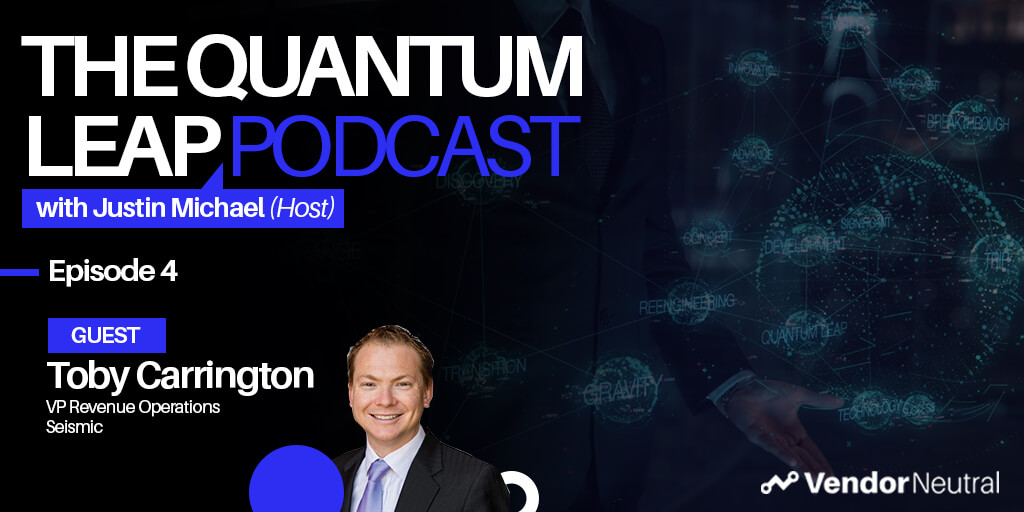 Quantum Leap Podcast Episode 4: Transforming Your Enterprise TechStack, The Future is Bright!Quantum Leap Podcast Episode 4: Transforming Your Enterprise TechStack, The Future is Bright!
Quantum Leap Podcast Episode 4: Transforming Your Enterprise TechStack, The Future is Bright!Quantum Leap Podcast Episode 4: Transforming Your Enterprise TechStack, The Future is Bright! -
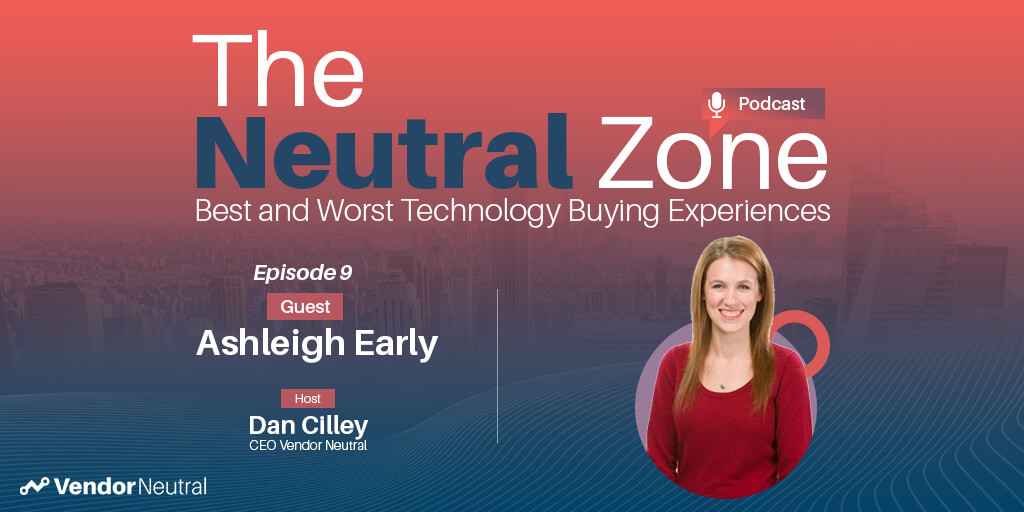 Clear View of Sales with Ashleigh Early:Clear View of Sales with Ashleigh Early:
Clear View of Sales with Ashleigh Early:Clear View of Sales with Ashleigh Early: -
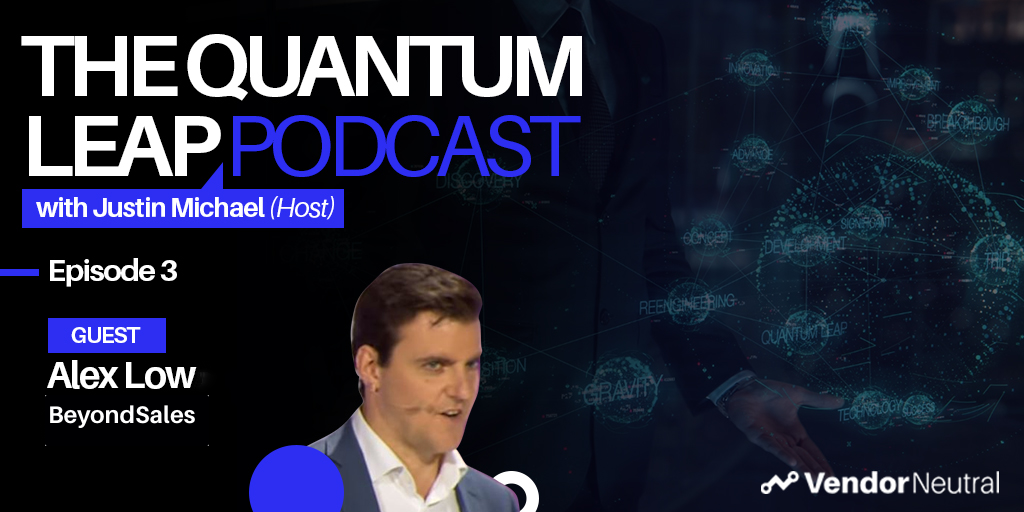 Quantum Leap Episode 3: Unlock the Mystery of Enterprise TransformationQuantum Leap Episode 3: Unlock the Mystery of Enterprise Transformation
Quantum Leap Episode 3: Unlock the Mystery of Enterprise TransformationQuantum Leap Episode 3: Unlock the Mystery of Enterprise Transformation -
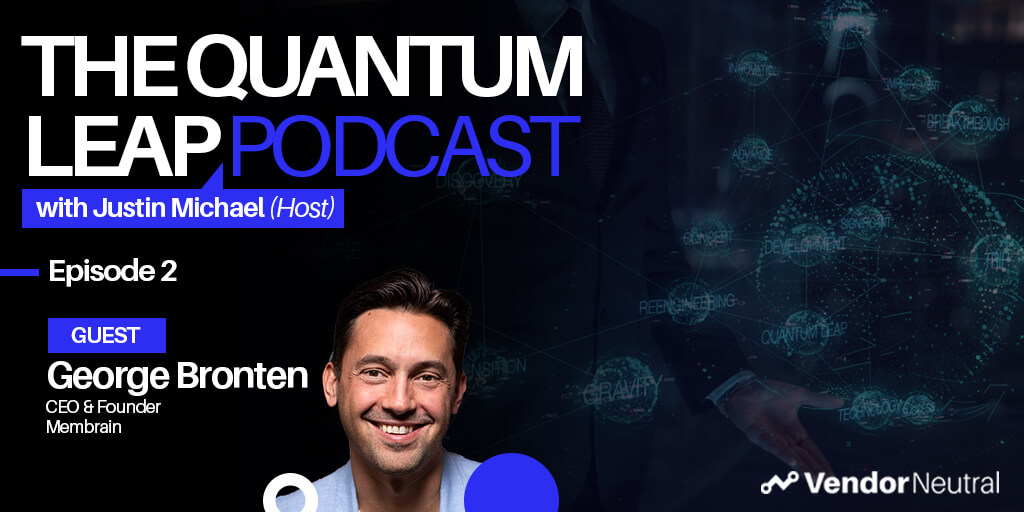 Quantum Leap Podcast Episode 2Quantum Leap Podcast Episode 2
Quantum Leap Podcast Episode 2Quantum Leap Podcast Episode 2 -
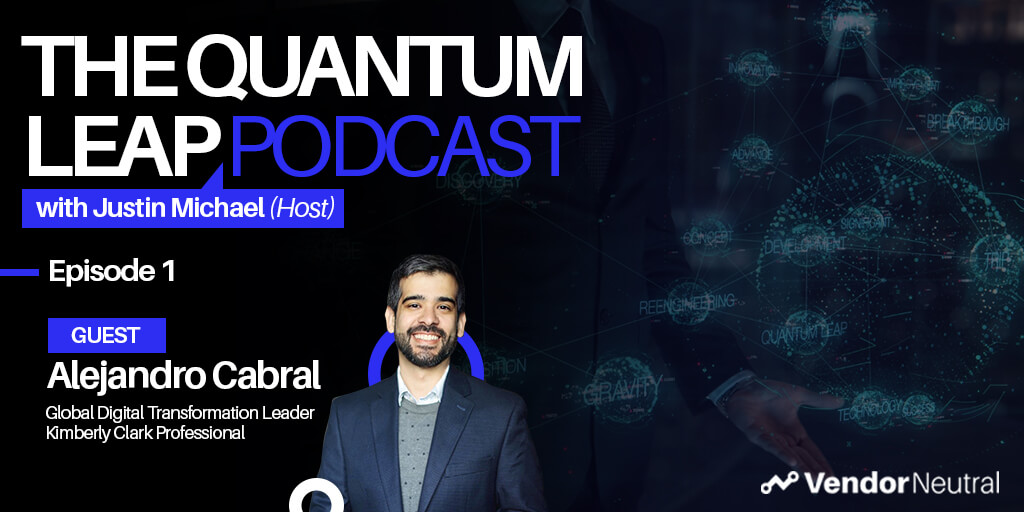 Quantum Leap Podcast Episode 1Quantum Leap Podcast Episode 1
Quantum Leap Podcast Episode 1Quantum Leap Podcast Episode 1 -
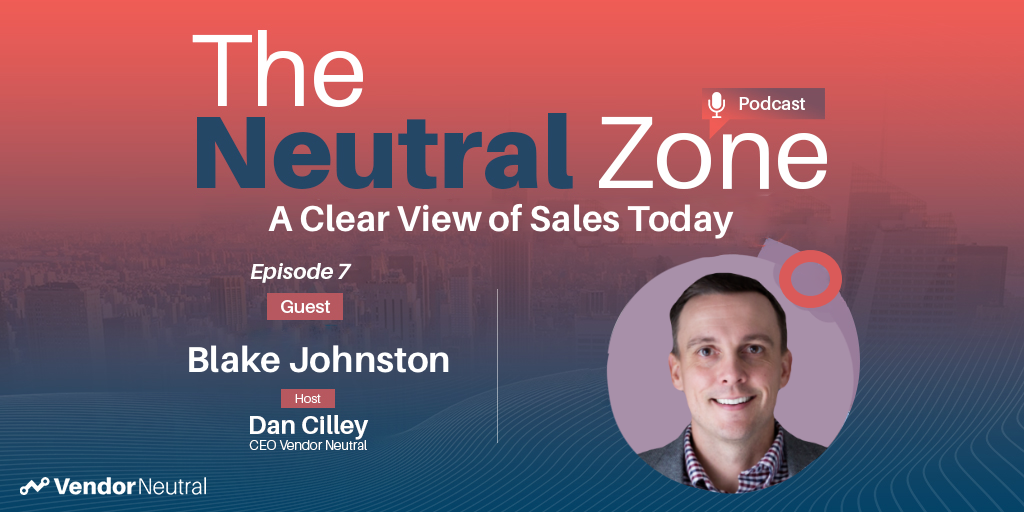 The Best & Worst B2B Technology Buying Experiences With Blake JohnstonThe Best & Worst B2B Technology Buying Experiences With Blake Johnston
The Best & Worst B2B Technology Buying Experiences With Blake JohnstonThe Best & Worst B2B Technology Buying Experiences With Blake Johnston -
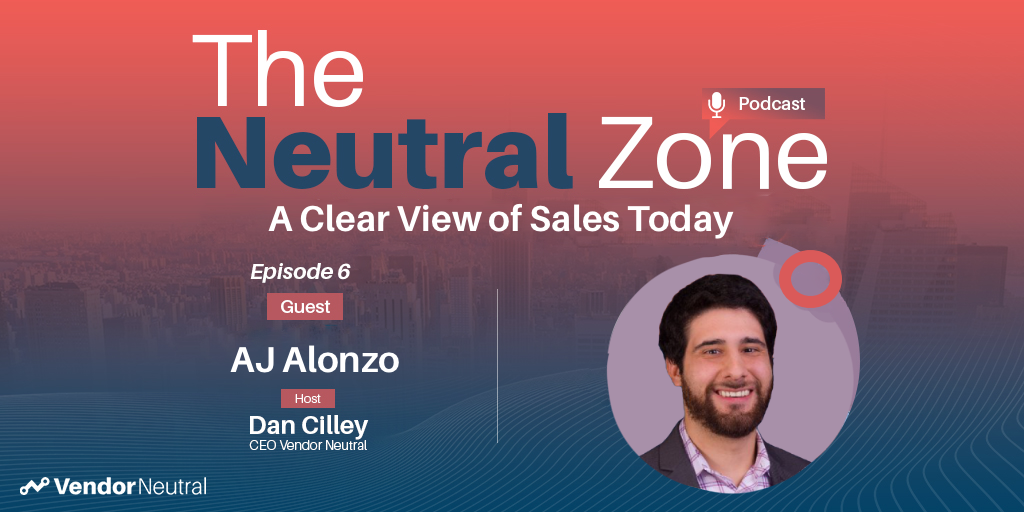 The Best & Worst B2B Technology Buying Experiences With AJ AlonzoThe Best & Worst B2B Technology Buying Experiences With AJ Alonzo
The Best & Worst B2B Technology Buying Experiences With AJ AlonzoThe Best & Worst B2B Technology Buying Experiences With AJ Alonzo -
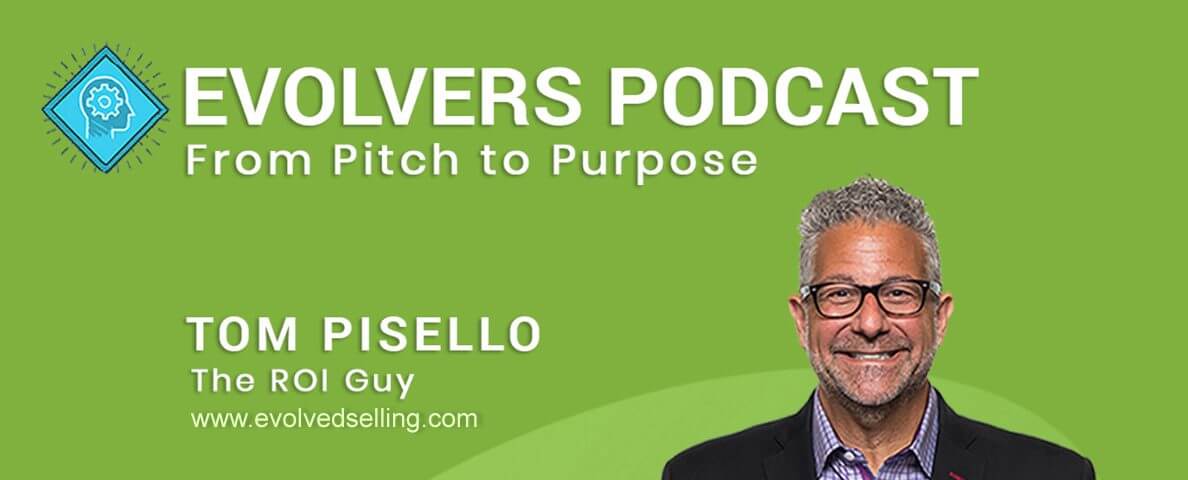 Evolvers Podcast: The Democratization of Sales Enablement? With Dan CilleyEvolvers Podcast: The Democratization of Sales Enablement? With Dan Cilley
Evolvers Podcast: The Democratization of Sales Enablement? With Dan CilleyEvolvers Podcast: The Democratization of Sales Enablement? With Dan Cilley -
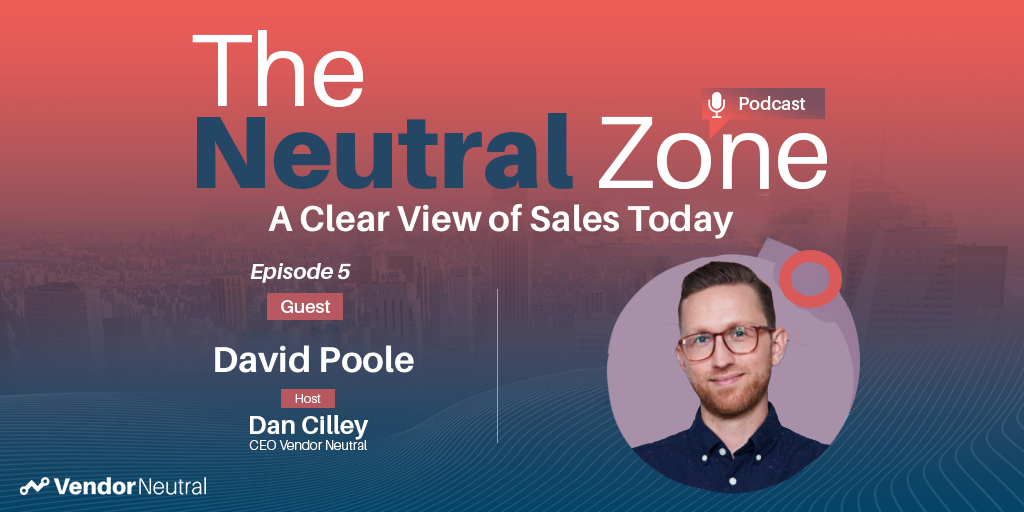 The Best & Worst B2B Technology Buying Experiences With David PooleThe Best & Worst B2B Technology Buying Experiences With David Poole
The Best & Worst B2B Technology Buying Experiences With David PooleThe Best & Worst B2B Technology Buying Experiences With David Poole -
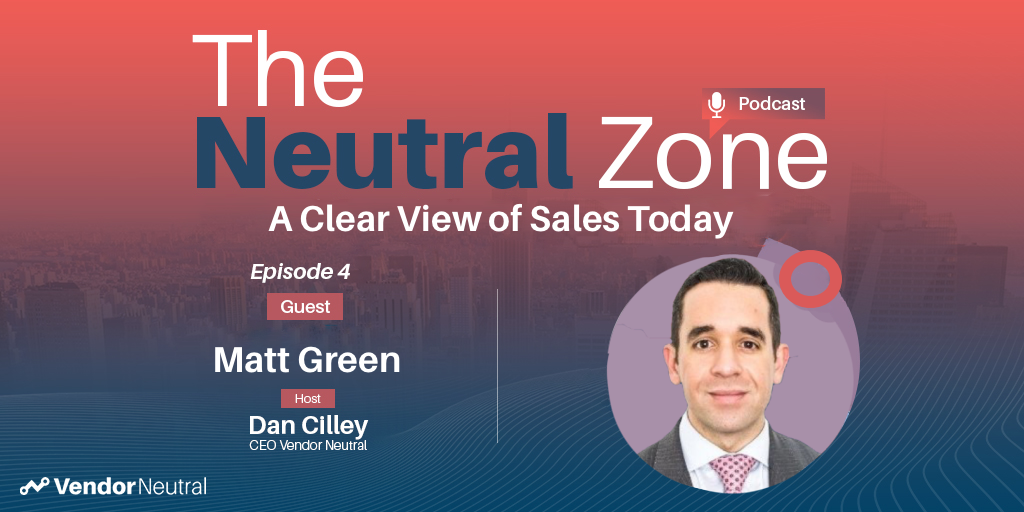 The Best & Worst B2B Technology Buying Experiences With Matt GreenThe Best & Worst B2B Technology Buying Experiences With Matt Green
The Best & Worst B2B Technology Buying Experiences With Matt GreenThe Best & Worst B2B Technology Buying Experiences With Matt Green -
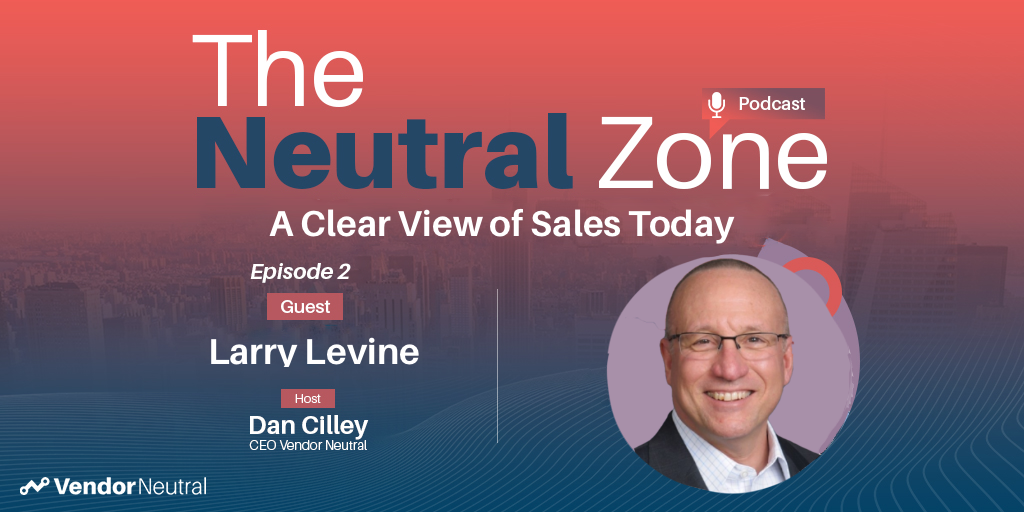 The Best & Worst B2B Technology Buying Experiences with Larry LevineThe Best & Worst B2B Technology Buying Experiences with Larry Levine
The Best & Worst B2B Technology Buying Experiences with Larry LevineThe Best & Worst B2B Technology Buying Experiences with Larry Levine -
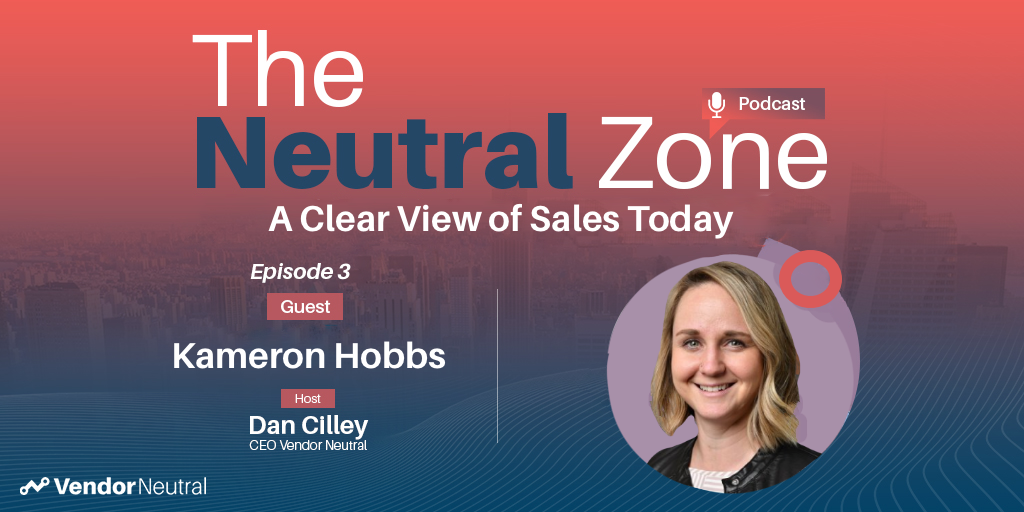 The Best & Worst B2B Technology Buying Experiences with Kameron HobbsThe Best & Worst B2B Technology Buying Experiences with Kameron HobbsVideo
The Best & Worst B2B Technology Buying Experiences with Kameron HobbsThe Best & Worst B2B Technology Buying Experiences with Kameron HobbsVideo -
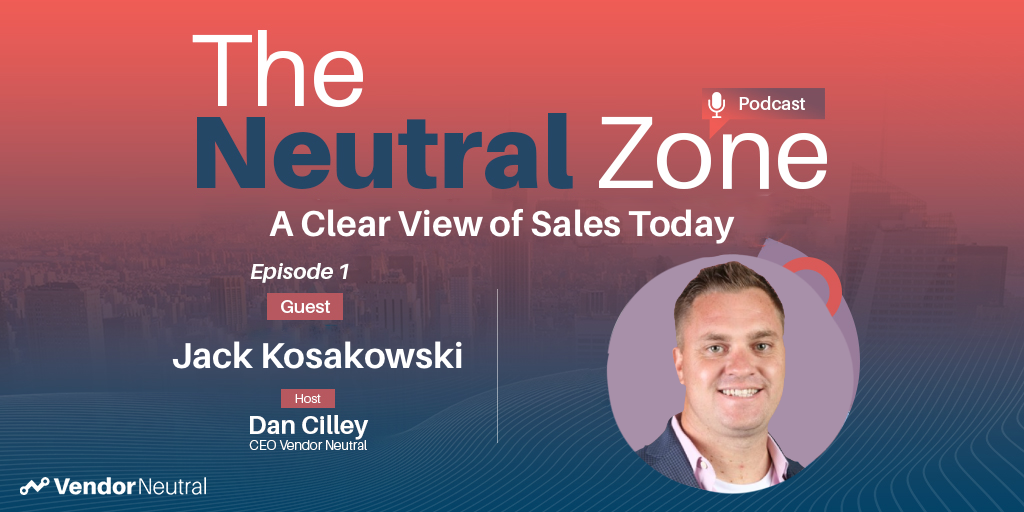 The Best & Worst B2B Technology Buying Experiences with Jack KosakowsiThe Best & Worst B2B Technology Buying Experiences with Jack KosakowsiPodcast
The Best & Worst B2B Technology Buying Experiences with Jack KosakowsiThe Best & Worst B2B Technology Buying Experiences with Jack KosakowsiPodcast
